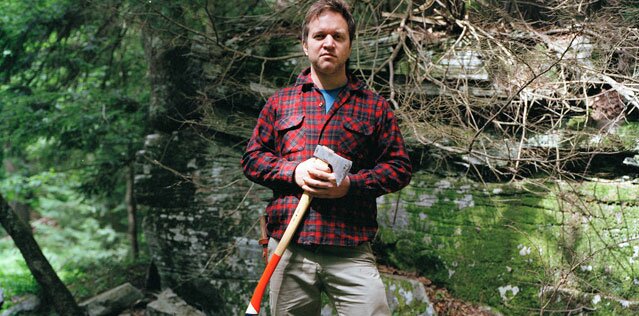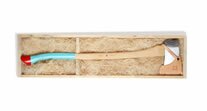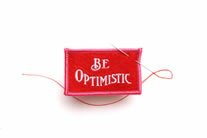

STYLE/DESIGN
Peter Buchanan-Smith Interview
The story of Best Made Co. was born out of an ax that Peter Buchanan-Smith made as an experiment. The ax was a surprise hit. It made it into the permanent collection of the Saatchi Gallery in London, and it was featured in media outlets all over the world. Since then Best Made has produced many axes by teaming up with a fourth-generation ax maker in North Carolina and adding more products to their line of tools and outdoor goods. They are now about to expand that line into the world of apparel. While we are working on a feature story about Best Made for our iPad edition, we wanted to share our initial conversation with Peter about the genesis of the first ax.




RSS Feed